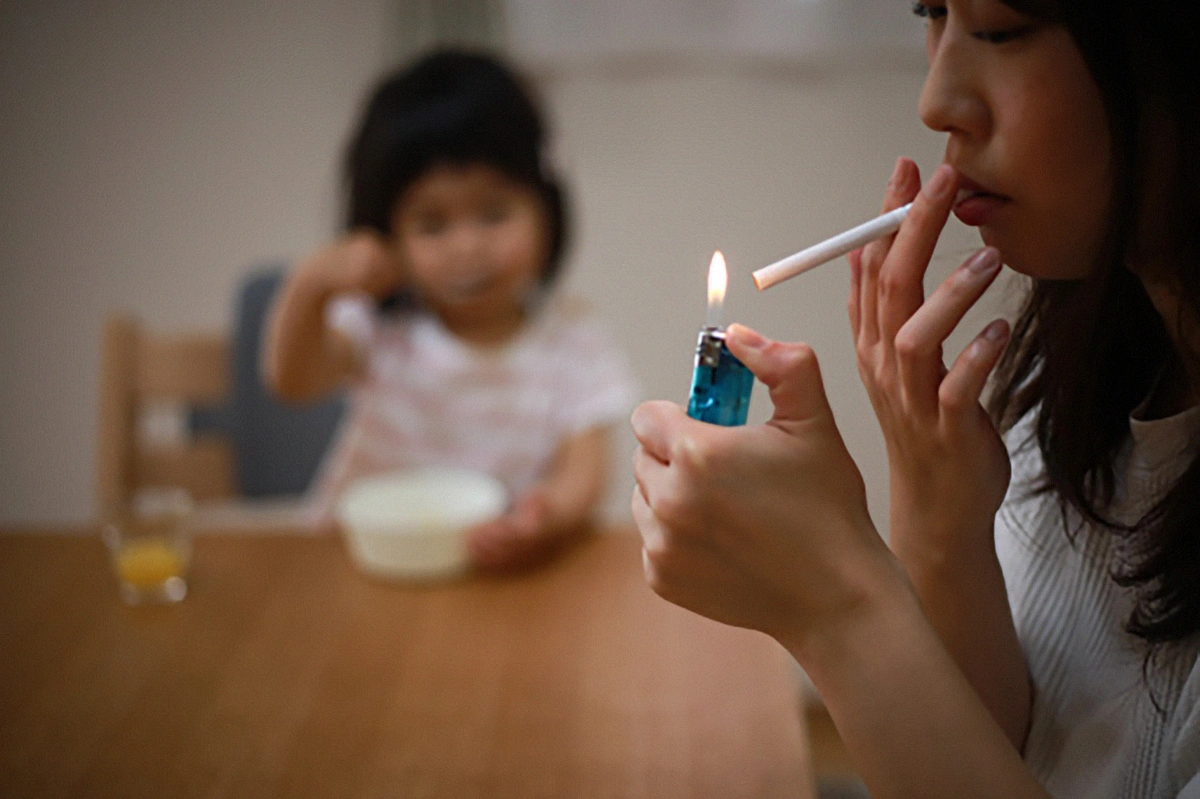
How do we ensure clean air or Air Security as a human right?
You have roughly one in two chances of inhaling air that exceeds World Health Organization standards for air pollution if

You may feel the desire to reset your battery after an exhausting day at work, by the ocean, waterfall, or up in the mountains. That might be because these places are loaded with negative ions. Negative ions are not unhealthy or armful, despite their name. Ironically, negative ions are advantageous to the body while positive ions damage. Rural areas with pure and fresh air, typically have a good air quality, and are proven to have the highest levels of negative ions . On the contrary, urban areas with high pollution levels are full of positive ions.
So, what exactly are ions? Well, they are molecules that have either attained or lost single or multiple electrons. Ions are invisible particles in the air – molecules or atoms- which hold an electric charge. Some particles are positively charged, and some are negatively charged.
Simply stated, positive ions are molecules that have lost one or more electrons, whereas negative ions are oxygen atoms with extra-negatively charged electrons.
Anions have more additional electrons than protons, and positive ions have less electrons than protons, and if the ion is neutral, it is said to be electrically charged.
Various studies have demonstrated that people have an innate drive to maintain a balance between positive ions and anions. Furthermore, multiple “negative ionisation” researchers have proposed that exposure to anions can have valuable benefits. For example, anions enhance the feeling of calm, which is beneficial for your well-being. In contrast, those with an excess of positive ions might make people feel down and even cause depression. Ion interactions with your body’s tissues and DNA are partly responsible for this.
We have now established that positive ions harm us while anions do the opposite. Positive ions are still prevalent in cities and indoor spaces, whereas anions tend to vanish in polluted surroundings, especially in enclosed rooms with air conditioning. Devices like copy machines, electronic cards, or screens may even encourage the growth of positive ions. Initial reports of elevated irritability, migraine episodes, or thromboses in reaction to changes in the electrical charge of the atmosphere accompany approaching weather fronts. These served as warnings of the biological effect of positive air ions on human health. According to studies, each entering weather front produces electrical charges in the form of positive ionisation, which lead to the production of serotonin. The studies then classified weather sensitivity reactions into three categories:
“The main advantage of anions is that they act as natural air purifiers and increase air security by helping remove airborne allergens like pollen, mould spores, bacteria, and viruses. In addition, they remove smoke and pet dander and act as dust purifiers. However, there is also data to show that anions could help remove one of the most significant risks to air security, namely suspended particulate matter or “PM”. They carry out this action by massively binding to positively charged ions and leaving those particles with a negative charge. As a result, these germs—pollen spores, viruses and bacteria— as well as the suspended particulate matter become too heavy to be airborne, preventing them from
getting into your respiratory system and infecting you.
Performance on the physical and mental levels is also enhanced by anion therapy. For example, better oxygenation directly results from anion therapy, positively impacting a person’s physical and mental capabilities. Additionally, anions promote expanded coronaries and enhanced coronary blood flow.
During this study, it was found that hours of exposure to anions may lessen depressive symptoms. For example, individuals suffering from chronic depression and seasonal affective disorder or “SAD” recorded reduced scores on surveys of their depressive symptoms after prolonged exposure to negative ions, like several hours or more.
You will find the highest concentrations of anions in natural, clean air. Anions are plentiful, especially around waterfalls, oceans, beaches, and after a storm. They are widespread in mountains and forests.

You have roughly one in two chances of inhaling air that exceeds World Health Organization standards for air pollution if

It’s funny how often we get confused between Air security and Aviation security, but we fail to realise how both

While both men and women are susceptible to indoor air pollution’s harmful effects, women are more vulnerable to its effects.

As very few people are aware of indoor air pollution, they don’t know how water leaks worsen indoor air quality.

The indoor environment plays an important role in human health. There is a lot of literature describing how indoor air

Tobacco and humans have had a very long association. Archaeologists have found the use of tobacco since 1 BC in